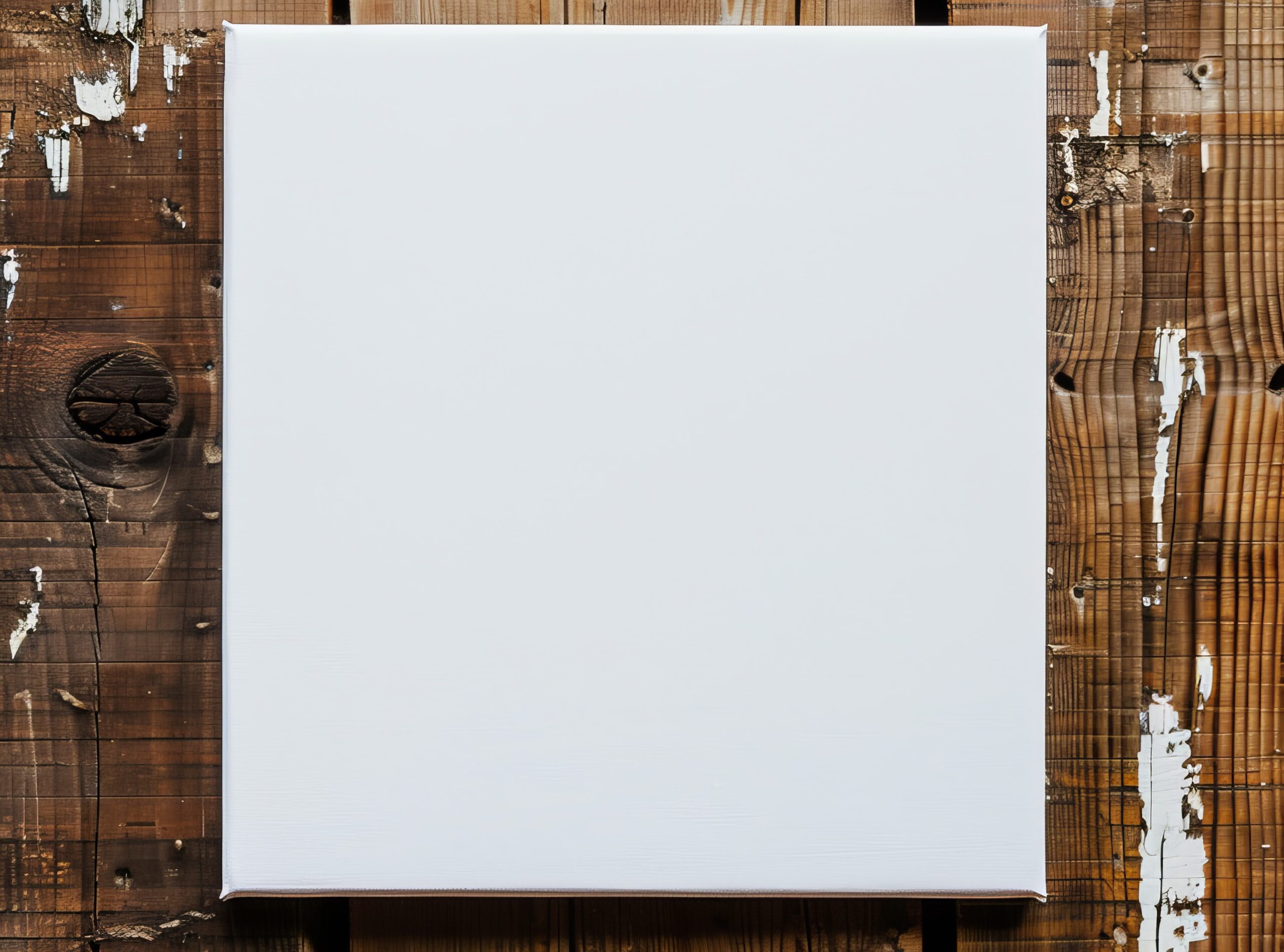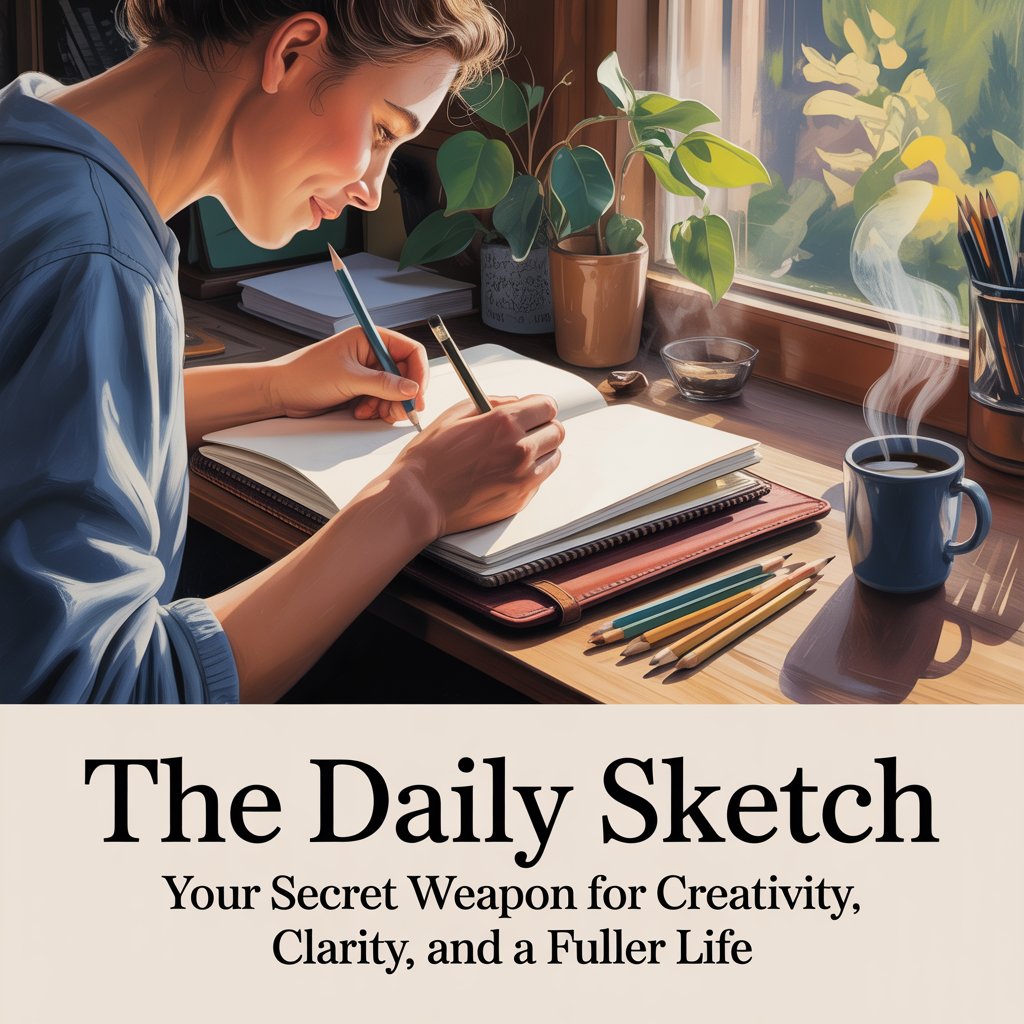
“Drawing is seeing. It’s an act of meditation, a way of bringing attention to everything.” – Frederick Franck
In a world increasingly demanding our attention, where screens vie for every spare moment, the simple act of putting pen to paper can feel revolutionary. It’s more than just an artistic exercise; it’s a profound practice that can nurture your creativity, enhance your mental well-being, and deepen your connection to the world around you. At The Creativity Initiative, our mission is to empower individuals of all ages to express themselves through art, and today, we want to talk about the quiet power of a daily sketching habit.
This post will explore why sketching every day isn’t just a pursuit for aspiring masters, but a transformative practice for everyone. We’ll journey through art history, peek into contemporary practices, uncover the often-unseen benefits, and offer practical tips to help you embrace this enriching ritual.
A Personal Credibility Statement
As GJ Gillespie, a practicing artist with over 185 publications in art and literary journals, and owner of an international premium sketchbook company, I’ve seen firsthand the profound impact of daily drawing. My journey has shown me that the true magic of art lies not just in finished masterpieces, but in the consistent, mindful act of creation itself. It’s a discipline that hones your perception, clarifies your thoughts, and deepens your appreciation for the world’s intricate beauty.

Beyond the Easel: Sketching as a Way of Being
The concept of a daily sketch isn’t new, but its relevance in our modern lives feels more vital than ever. We’re not talking about creating gallery-worthy pieces every single day. Instead, imagine your sketchbook as:
- A Visual Diary: A silent companion recording your observations, moods, and ideas.
- A Cognitive Workout: A mental gym where you train your observation skills, problem-solving, and hand-eye coordination.
- A Mindfulness Tool: A deliberate pause in your day to truly see, to be present, and to engage with the physical world away from digital distractions.
- A Quiet Rebellion: An act of reclaiming your attention and fostering a tangible connection to reality in an increasingly virtual world.
This isn’t about becoming a “great artist” overnight; it’s about unlocking a richer, more observant, and more creative way of living.
A Journey Through Time: Sketching’s Enduring Legacy
For centuries, artists have understood the indispensable role of daily sketching. It wasn’t just a preliminary step to a grand painting; it was the crucible where ideas were forged, observation skills were sharpened, and the artist’s unique vision was cultivated.
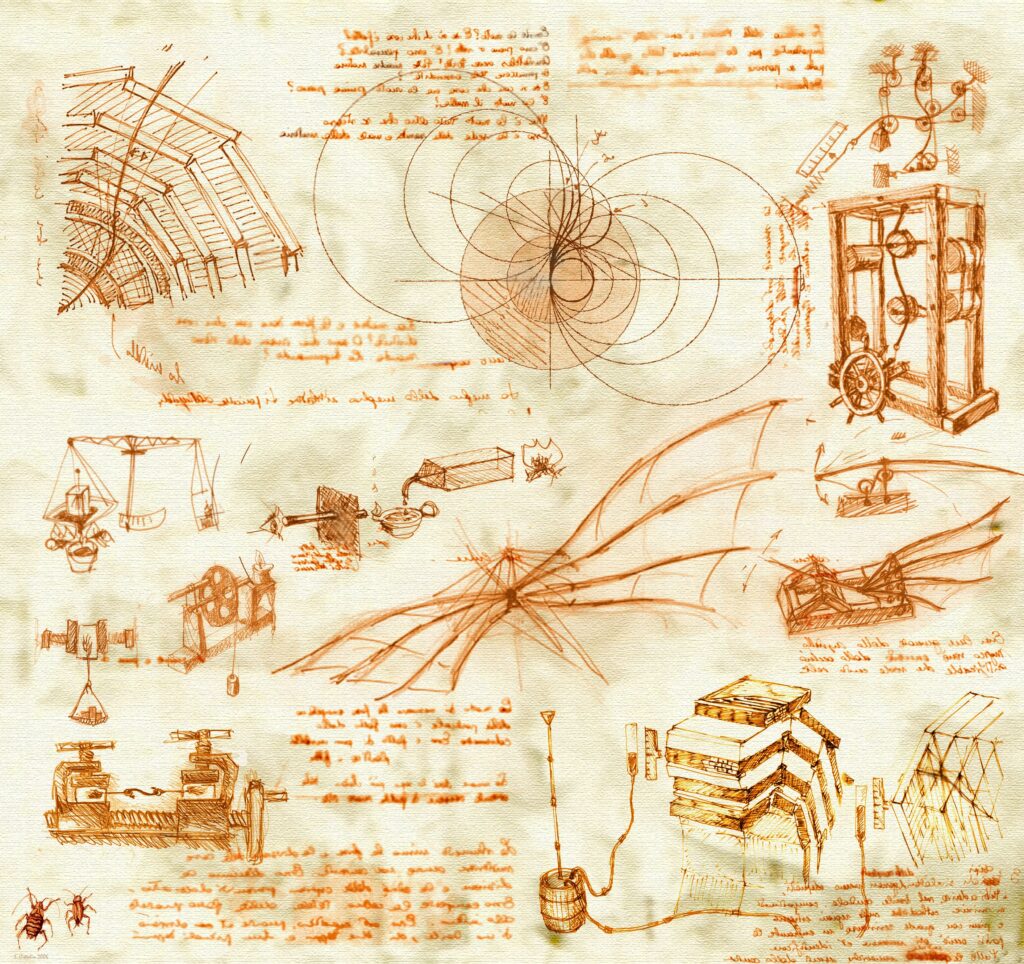
- Leonardo da Vinci filled countless notebooks with sketches – from anatomical studies and mechanical inventions to observations of nature and human expression. His sketches weren’t merely preparation for paintings; they were a profound method of scientific inquiry and philosophical exploration, revealing his insatiable curiosity about the world.
- Rembrandt van Rijn constantly sketched the people and scenes around him, capturing candid moments of daily life. These rapid drawings were vital for understanding human form, emotion, and light, forming the bedrock of his masterful paintings.
- J.M.W. Turner, the visionary English landscape painter, would fill sketchbooks with swift studies of light, atmosphere, and natural phenomena, often while traveling. These immediate visual notes were crucial for translating fleeting moments into his breathtaking canvases.
- Edgar Degas, celebrated for his depictions of dancers, spent years sketching ballerinas in motion. His tireless sketching from life allowed him to capture their dynamic poses and the nuances of movement with unparalleled accuracy and spontaneity.
These masters understood that daily sketching wasn’t a luxury; it was the very breath of their artistic practice, allowing them to better observe, understand, and ultimately, express the world.

The Pulse of Today: Contemporary Sketching’s Resurgence
In the digital age, sketching continues to thrive, embraced by contemporary artists and enthusiasts alike. Urban sketchers capture the vibrancy of cities, nature sketchers document the wonders of the natural world, and countless individuals use daily drawing as a personal outlet. Artists like Lapin, known for his vibrant urban sketches, and Carla Sonheim, who champions playful, daily drawing exercises, inspire a new generation to pick up a pen and explore. The ubiquity of small, portable sketchbooks and digital drawing apps has only broadened its appeal, making it easier than ever to integrate drawing into everyday life.

The Unseen Benefits: How Daily Sketching Transforms You
Beyond the obvious improvement in drawing skills, a consistent sketching habit offers a wealth of profound benefits:
- Enhanced Observation & Mindfulness: When you sketch, you’re forced to slow down and truly see. Details you’d normally overlook pop into focus, sharpening your perception and anchoring you in the present moment. It’s a powerful antidote to a distracted world.
- Mental Well-being: Sketching can be a meditative practice, reducing stress, calming the mind, and improving focus. It provides a healthy outlet for emotions and a much-needed mental break from daily pressures.
- Problem-Solving & Idea Generation: Sketchbooks are incubators for ideas. They become a space to visually brainstorm, work through challenges, and spontaneously capture fleeting thoughts that might otherwise be lost.
- Emotional Expression: Art is a powerful language. Sketching allows you to process feelings, explore complex emotions, and communicate without words.
- Building Discipline & Consistency: Like any habit, daily sketching cultivates discipline. The simple act of showing up for yourself, even for a few minutes, builds consistency that can spill over into other areas of your life.
- A Personal Archive: Your sketchbooks become a unique visual record of your life, thoughts, and growth over time—a tangible diary far richer than words alone.

Navigating the Path: Pros, Cons & Practical Tips
While the benefits are numerous, committing to a daily sketch habit can present challenges.
Pros:
- Rapid improvement in drawing skills.
- Increased visual literacy and appreciation for details.
- Excellent stress relief and mental clarity.
- A rich personal archive of your life and observations.
- Fosters creativity and problem-solving.
Cons/Challenges:
- Time commitment: Can feel daunting, even for a few minutes.
- Fear of imperfection: The pressure to create something “good” can be paralyzing.
- Feeling stuck: Not knowing what to draw.
- Lack of perceived talent: Discouragement if early results don’t meet expectations.
Tips for Maintaining Daily Discipline:
- Start Small: Dedicate just 5-10 minutes. Consistency is more important than duration.
- Carry a Small Kit: A pencil and a pocket sketchbook are all you need. Make it easy to grab and go.
- Let Go of Perfectionism: Your daily sketch is a practice, not a performance. Embrace “ugly” drawings – they’re part of the learning process. The goal is the act of doing, not the perfect outcome.
- Use Prompts (or don’t!): If you’re stuck, use online prompts, or simply draw what’s right in front of you: your coffee cup, your hand, the view from a window.
- Embrace the Mundane: Ordinary objects can reveal extraordinary details when you truly look.
- Find Your Time: Is it first thing in the morning? During lunch? Before bed? Integrate it into your routine.
- Join a Community: Share your work (if you feel comfortable) and connect with others for encouragement.
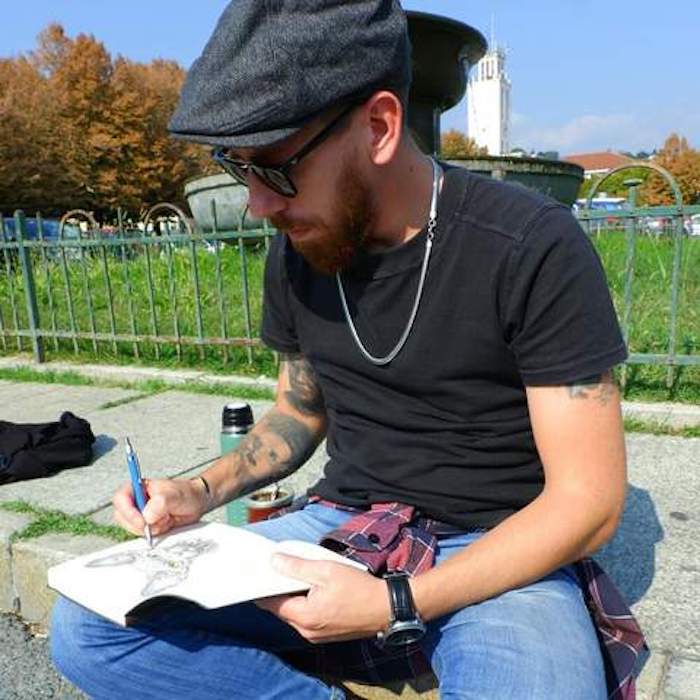
Sparking Inspiration: Prompts & Practice
Don’t know what to draw? Try these quick exercises:
- Blind Contour Drawing: Draw an object without looking at your paper, letting your eyes follow the contours of the object.
- Gesture Drawing: Rapidly sketch a moving figure or object to capture its essence and energy (e.g., people walking by, pets playing).
- The “Five Things” Sketch: Draw five random objects around you.
- Observational Doodle: Simply doodle what you see from your window or current surroundings.
For a unique twist, consider taking a photo of a sketch and using an AI tool to give you feedback (e.g., identifying objects, suggesting stylistic elements, or even just offering encouraging words). It’s a modern way to engage with your practice!
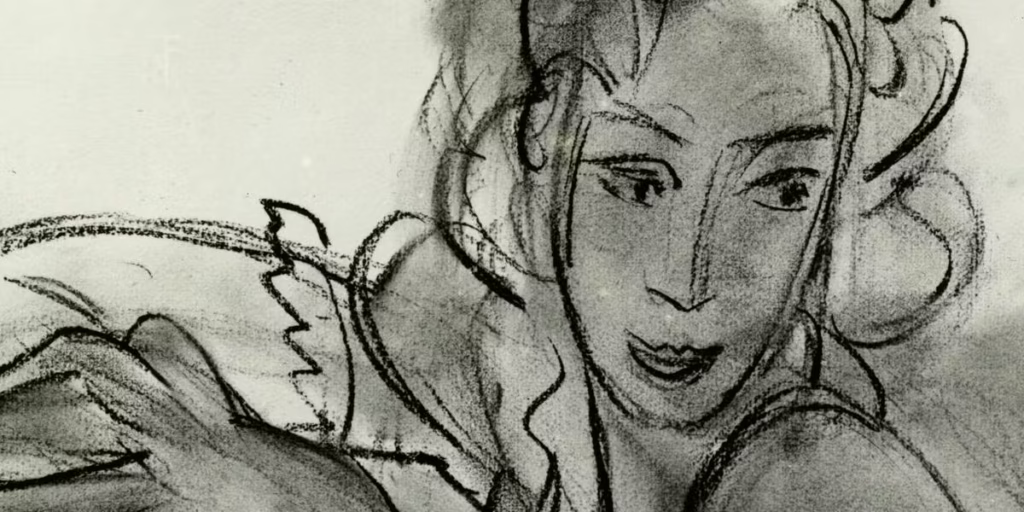
Learning from Others: Resources & Community
As the great artist Henri Matisse once said, “Creativity takes courage.” It also takes practice and often, inspiration from others.
- Books: Many excellent resources can guide your drawing journey. For a curated list, check out Cathy Horvath-Buchanan’s recommendations: 10 Books That Will Teach You to Draw Like an Artist
- Online Communities: Platforms like Instagram, Reddit’s r/sketchdaily, or dedicated art forums host vibrant communities where artists share work and offer support.
- Local Drawing Groups: Many communities have informal sketch groups or life drawing sessions that offer a social and structured environment for practice.

The Journey Forward
Your sketchbook is more than paper and binding—it’s a record of your artistic journey, a collection of visual thoughts, and a testament to your creative growth. Each page represents a moment of observation, experimentation, and discovery.
For those ready to begin or deepen their sketchbook practice, we at The Creativity Initiative recommend Leda Art Supply sketchbooks for their versatile paper quality and durability. Their range of sizes accommodates everything from quick on-the-go sketches to detailed studio studies, while the smooth, cream-colored paper accepts multiple media beautifully. The lay-flat binding ensures comfortable drawing across the entire page, making these sketchbooks ideal companions for artists at any stage of their journey. Leda mechanical pencils with black and colored leads are also a favorite.
What visual stories will you tell through your sketchbook? Begin today and join the timeless tradition of artists who have used these humble books to change how we see and understand our world.
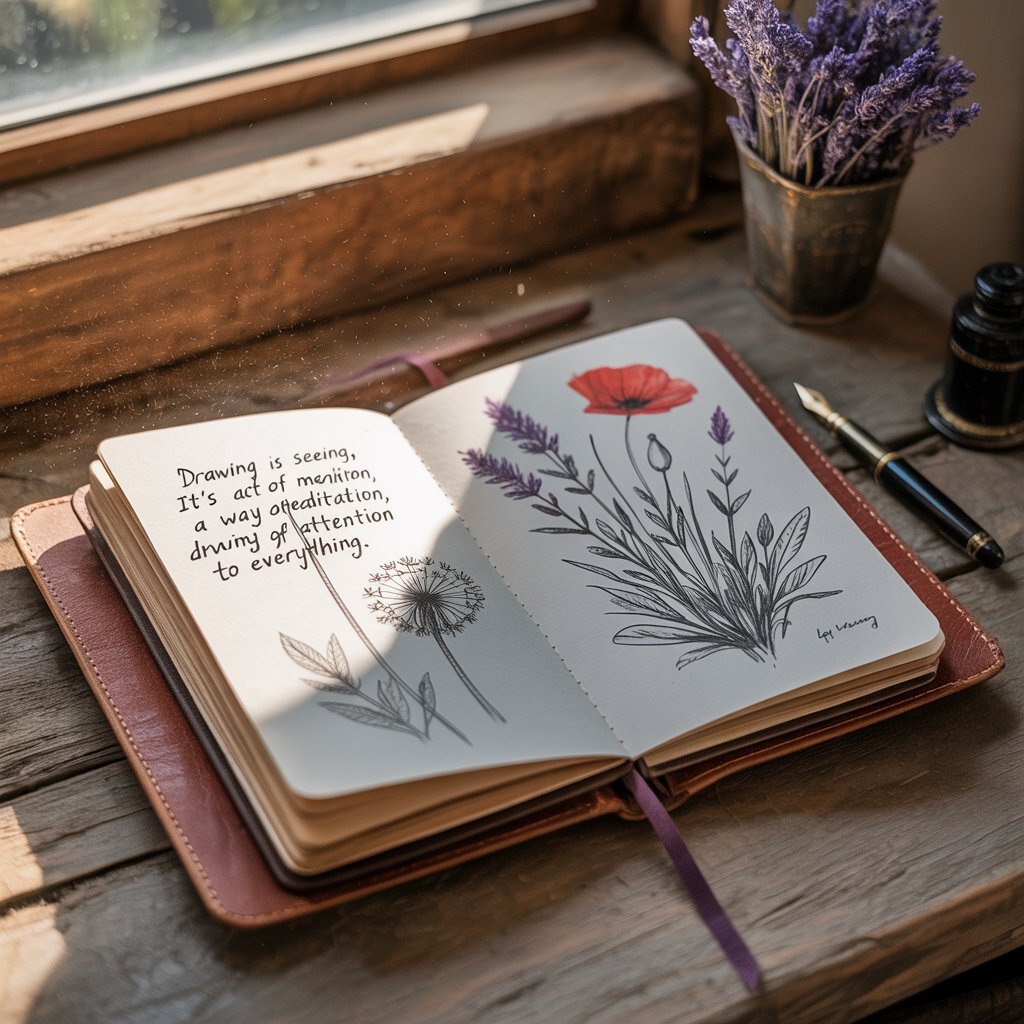
Explore more about creativity and art:


